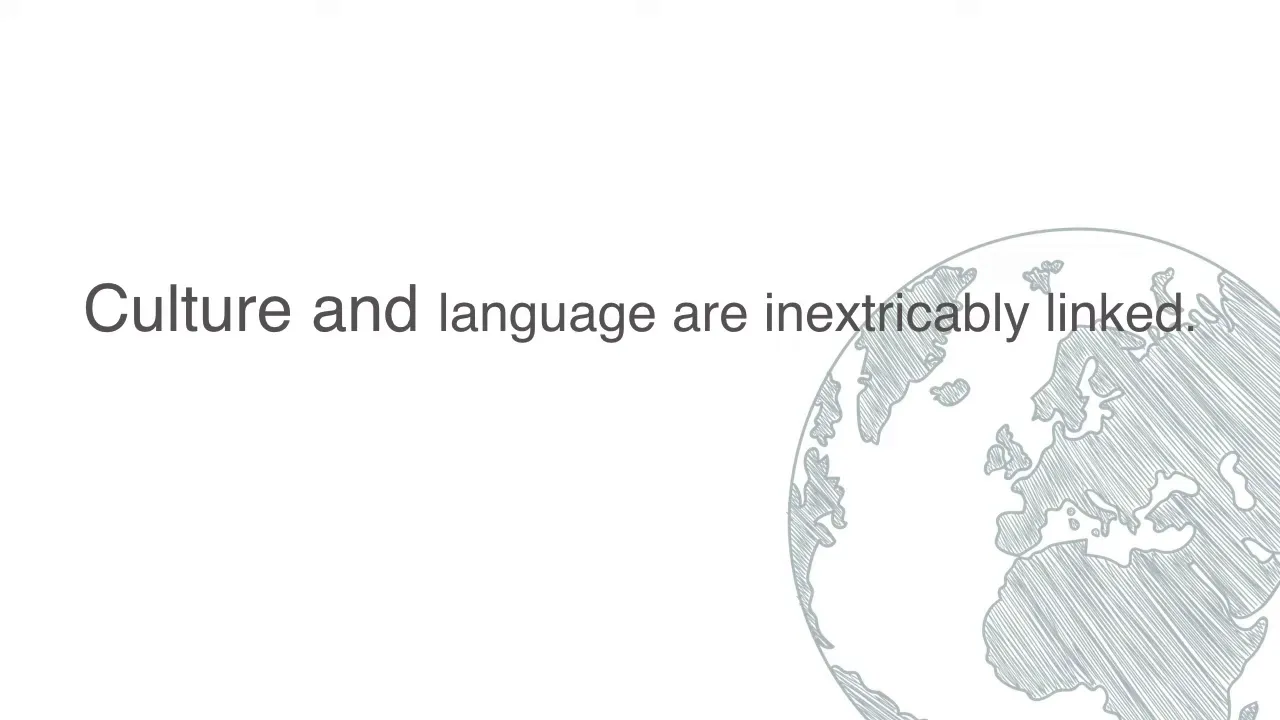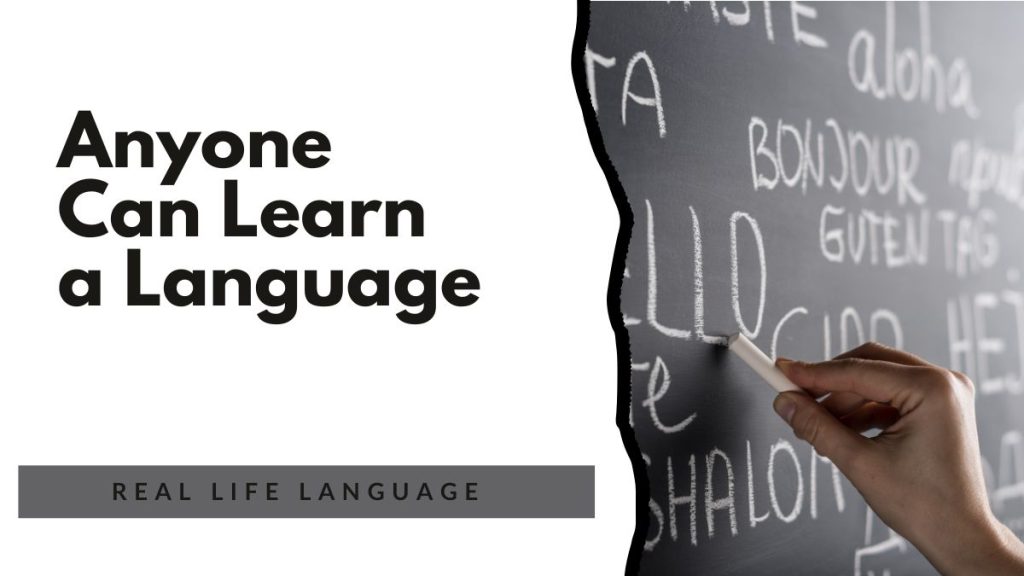
This post expands on ideas from the original video and focuses on culture as an essential pillar of any second language learning acquisition course: culture. In this guide I explain why cultural knowledge is inseparable from language learning and give practical steps to bring authentic cultural input into your routine.

Why culture matters in language learning
Culture and language are not separate subjects you can study in isolation. As I often say,
“culture and language are inextricably linked; you can’t learn one without the other.”
Without cultural understanding, your vocabulary and grammar can lead to misunderstandings. You need to know not only which words to use, but how things are done, what’s polite, and what might be offensive in another society.

Concrete examples that show cultural difference
- Business card etiquette in many Asian countries: never slide a received card into your wallet where you would be literally sitting on it — that can be an insult.
- Age reckoning in Korea: cultural systems count age differently, so someone born in November may already be counted as two years old by February.
- Physical greetings: in many Spanish-speaking countries, cheek kisses or hugs are common — omitting them can be interpreted as coldness.
How to learn culture effectively
Cultural learning is most effective when you seek authentic input and real interactions. Here are practical, repeatable steps you can add to your learning routine.
1. Read authentic news and cultural writing
Change your Google News settings to follow newspapers and cultural coverage from your target-language country. Newspapers, cultural magazines and museum pages are excellent free sources that expose you to current events, historical context and local concerns.
2. Use multimedia that showcases real life
Platforms that gather movies, TV clips, commercials and interviews from the target culture are invaluable. Watching content aimed at local audiences immerses you in natural language use, humour and social norms.

3. Talk to native speakers and teachers
Language tutors and conversation partners can explain what to say and what not to say, and why. Services that connect you with native speakers provide immediate insight into customs, register, politeness and local gestures.
Mind the similarities — and avoid stereotyping
Remember: we’re more alike than different. Learning a few cultural “rules” helps you fit in, but never assume everyone from a country behaves the same way. Avoid over-generalising and treat people as individuals.
Putting it into your learning routine
Make cultural study a formal part of your Second Language Learning Acquisition Course: Culture by scheduling time for news reading, multimedia exposure, and regular conversations with native speakers. Treat culture as content, not an optional extra.
Summary and next steps
Learning a language is more than memorising vocabulary; it’s about understanding the people who use it. Add authentic cultural input to your routine, ask questions when you speak with natives, and keep an open, curious mindset. If you want to dive deeper, consult resource lists and language-specific materials that aggregate news, museums, literature and media for ongoing study.
Next action: pick one cultural source this week — a local newspaper, a museum webpage or a short TV clip — and study it with the same attention you give grammar drills.
5 Weeks of No and Low Prep Fun
Need quick, engaging activities for your class? This free guide includes 25 no-prep and low-prep ideas to save time while keeping students excited about learning.
Download your free copy now.

